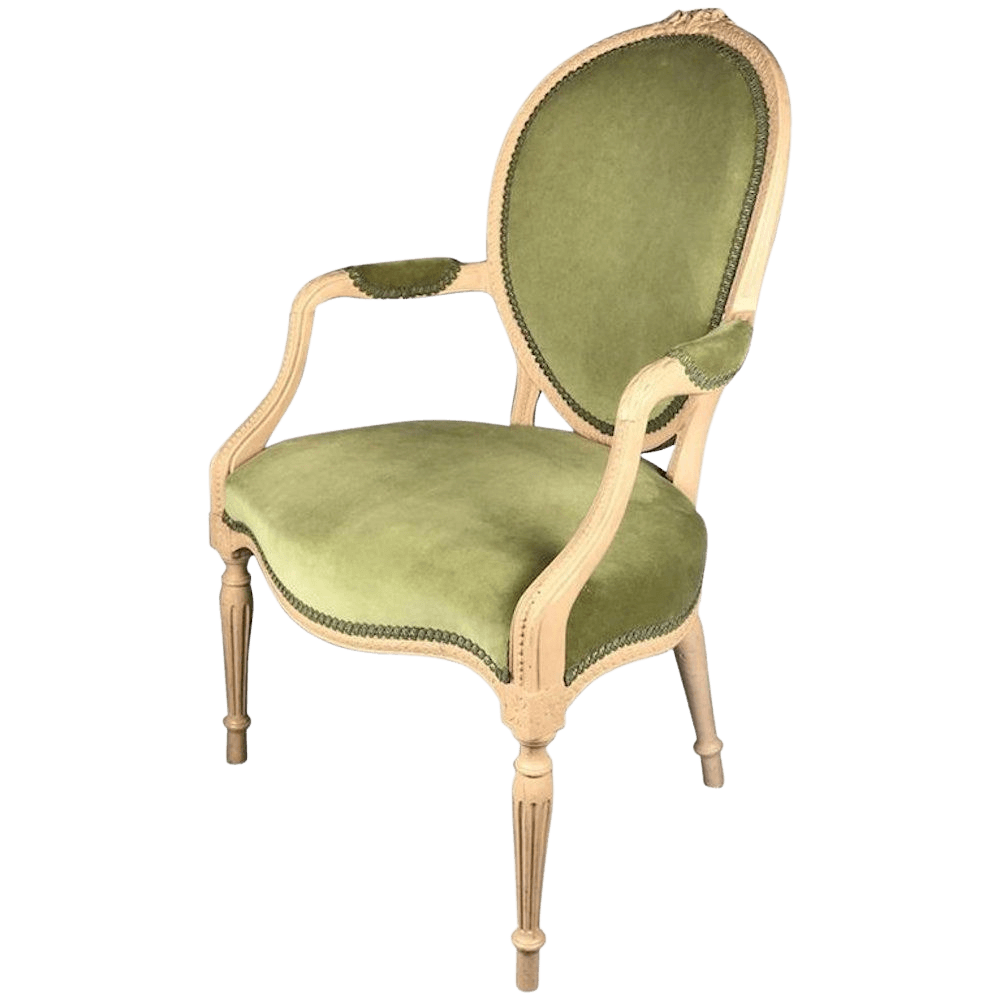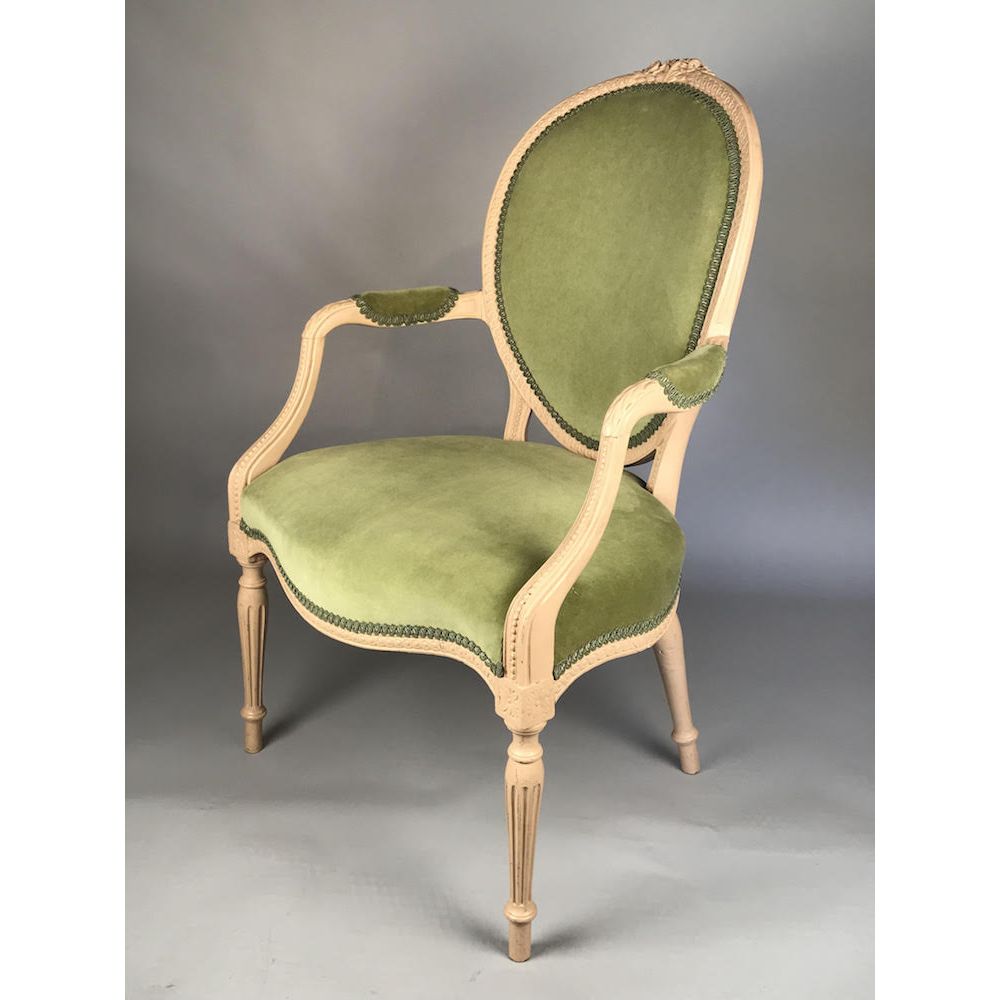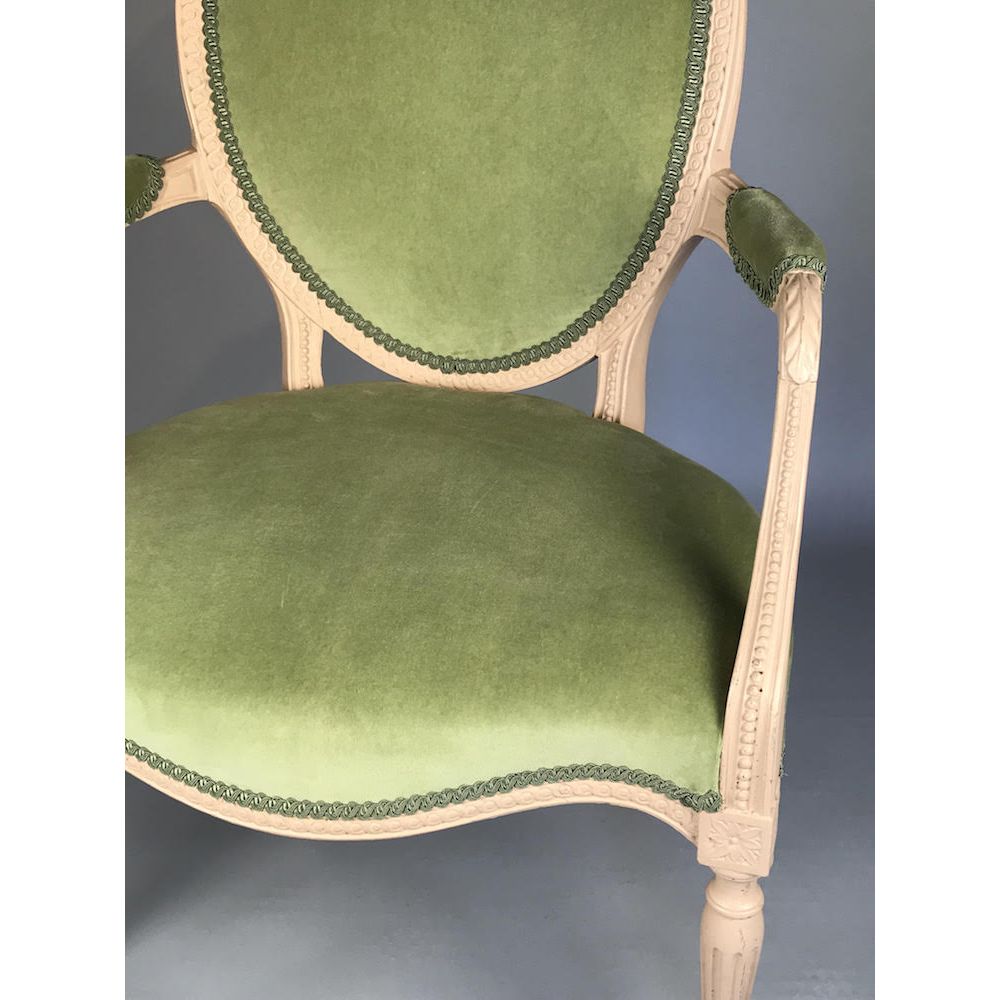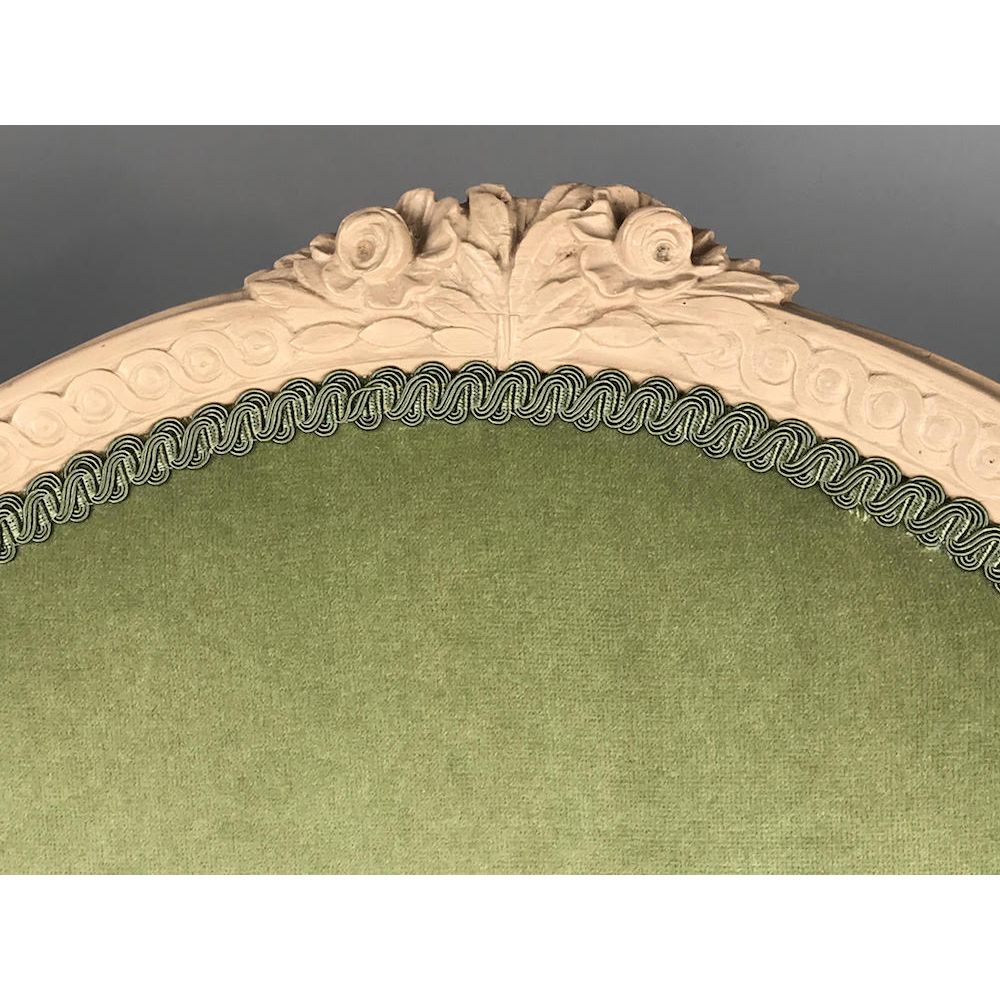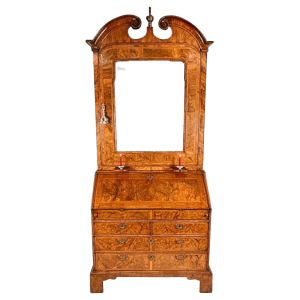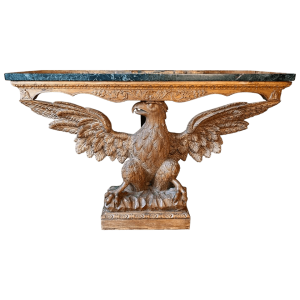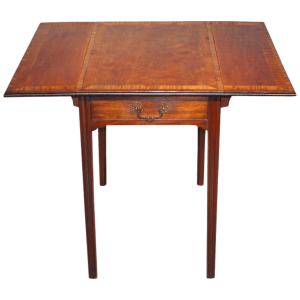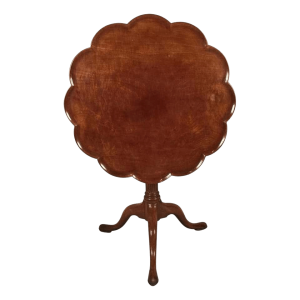Description
A beautifully drawn English late 18th century open armchair in the manner of John Linnell.
George III period, circa 1770.
The carved and beautifully drawn Georgian frame of generous proportions with superbly shaped serpentine seat rails, indicative of a master chair-maker.
Later painted, upholstered in green velvet.
Vis.
Ralph Edwards CBE FSA & Percy Macquoid, ‘The Dictionary of English Furniture’, revised edition, vol. I, London, 1954, p. 291, fig. 208.
Christopher Gilbert, ‘The Life and Work of Thomas Chippendale’, vol. II, London, 1978, p.111, illus. 190.
Lanto Synge, ‘Chairs’, London, 1978, pp. 38-9.
Lanto Synge, ‘Great English Furniture’, London, 1991, p.137.
Robert Adam (1728-1792), one of England’s most famous architects and interior designers. Architect to King George III 1761-1769.
Many of Adams drawings survive in Sir John Soane’s Museum, London.
Ref: Dr Fran. Sands “Adam Drawings”.
This antique Georgian armchair relates to one illustrated in R. Edwards CBE FSA, and P. Maquoid, ‘The Dictionary of English Furniture’, [sic], p. 290, fig. 203, which is part of a suite at Syon House, Middx., and which is thought to have been supplied to the Duke and Duchess of Northumberland by the London firm of Mayhew and Ince, who are known to have furnished the house.
The Syon chairs share the same distinctive V-shaped cuts to the seat rails which are also an established feature of pieces from the workshop of Thomas Chippendale. It has been suggested that a key difference between the chairs produced by the two firms is that the arm rests on Mayhew and Ince chairs commonly join the front legs, whereas Chippendale’s more typically join at the side rails.
See related painted armchairs previously in Rossmore Castle, County Monaghan, Ireland.
Linnell (1729-1796), was in charge of one of London’s largest cabinet-makers’ firms of the 18th century with many important and prominent patrons. The Linnell firm was created in 1730 by William Linnell (c.1703–63), and was inherited by his son John in 1763. The firm moved from 8 Long Acre in St. Martin’s Lane, London, to 28 Berkeley Square in 1750.
From 1763 John grew the business with great success. Linnell entered a partnership with Thomas Tatham (1763–1817). Tatham went on to be a partner at one of London’s fashionable cabinet-making and upholstery businesses with George Elward, Edward Bailey and Richard Saunders. They were principal cabinet-makers to George IV and this firm worked at Carlton House and Buckingham Palace.
Thos Tatham and his brother Charles Heathcote Tatham were trained in drawing and design by John Linnell. Linnell introduced C.H. Tatham to Henry Holland who later funded his educational trip to Rome. In 1796 when C.H. Tatham learned of Linnell’s death, he was in Rome and wrote to Henry Holland, who had his home in Sloane Ave, Knightsbridge – that he was deeply upset by John Linnell’s death. Upon his return to London he compiled a selection of 355 of John Linnell’s drawings and designs, which his brother Thomas Tatham had inherited.
These drawings now survive in the V & A Museum, London.



